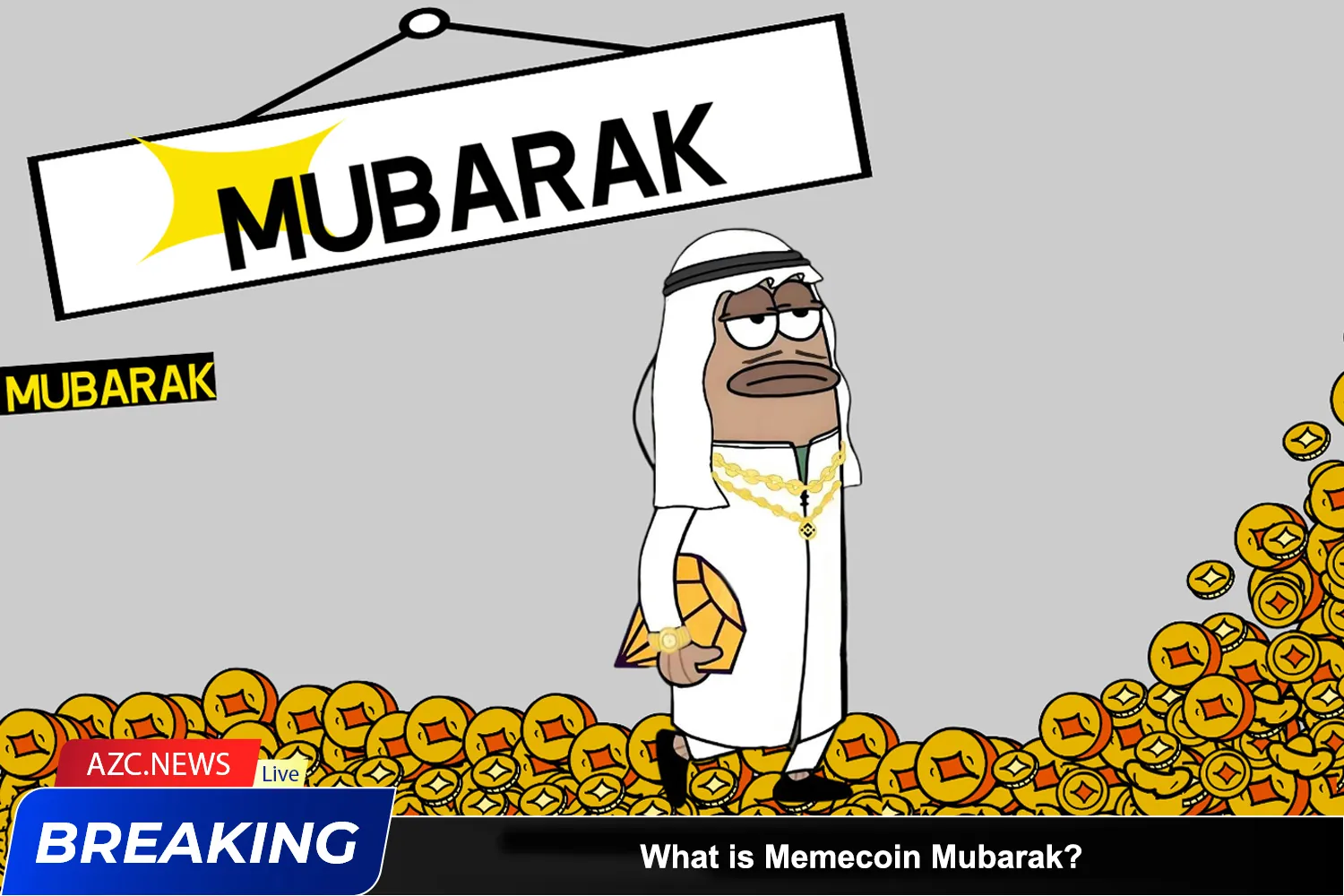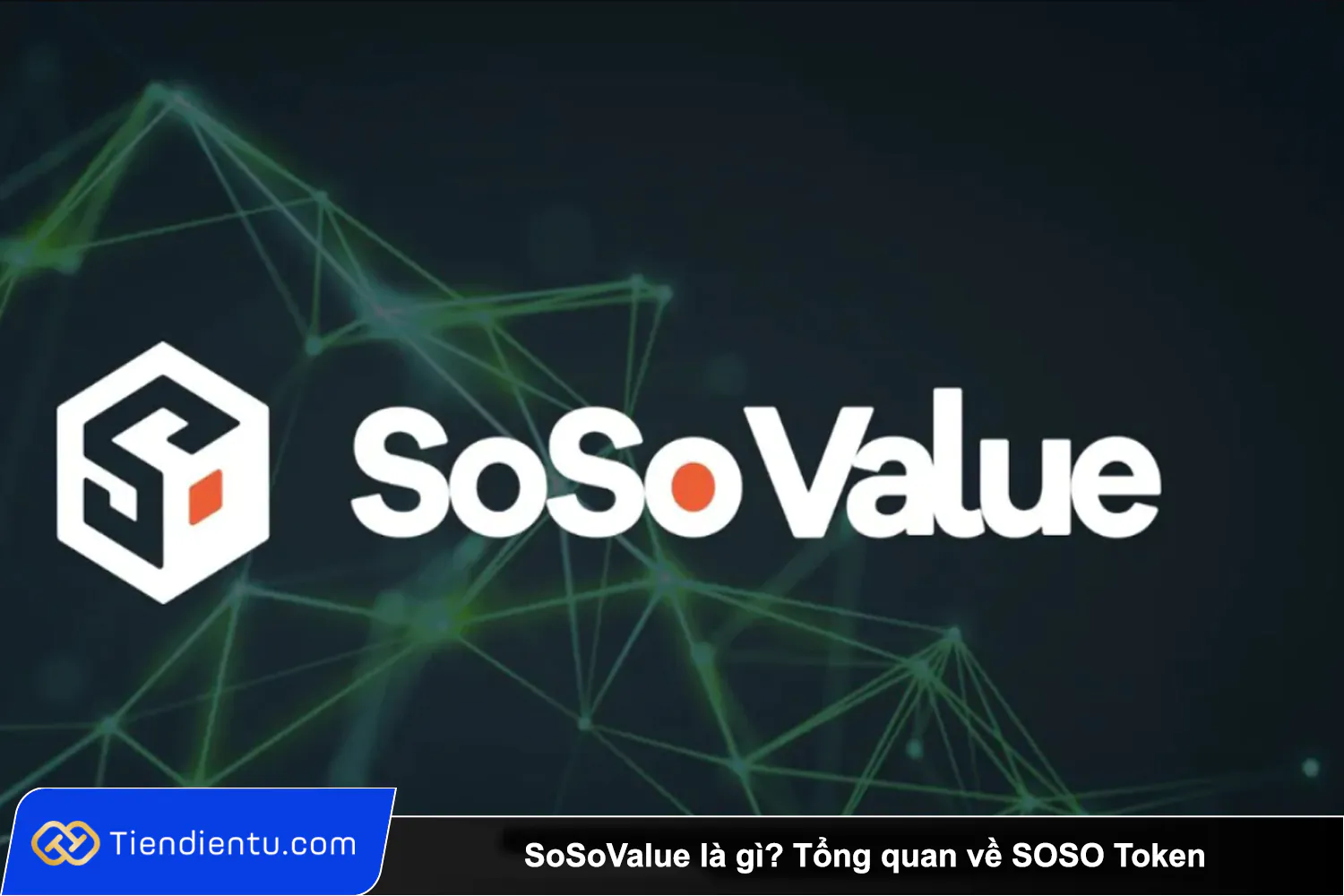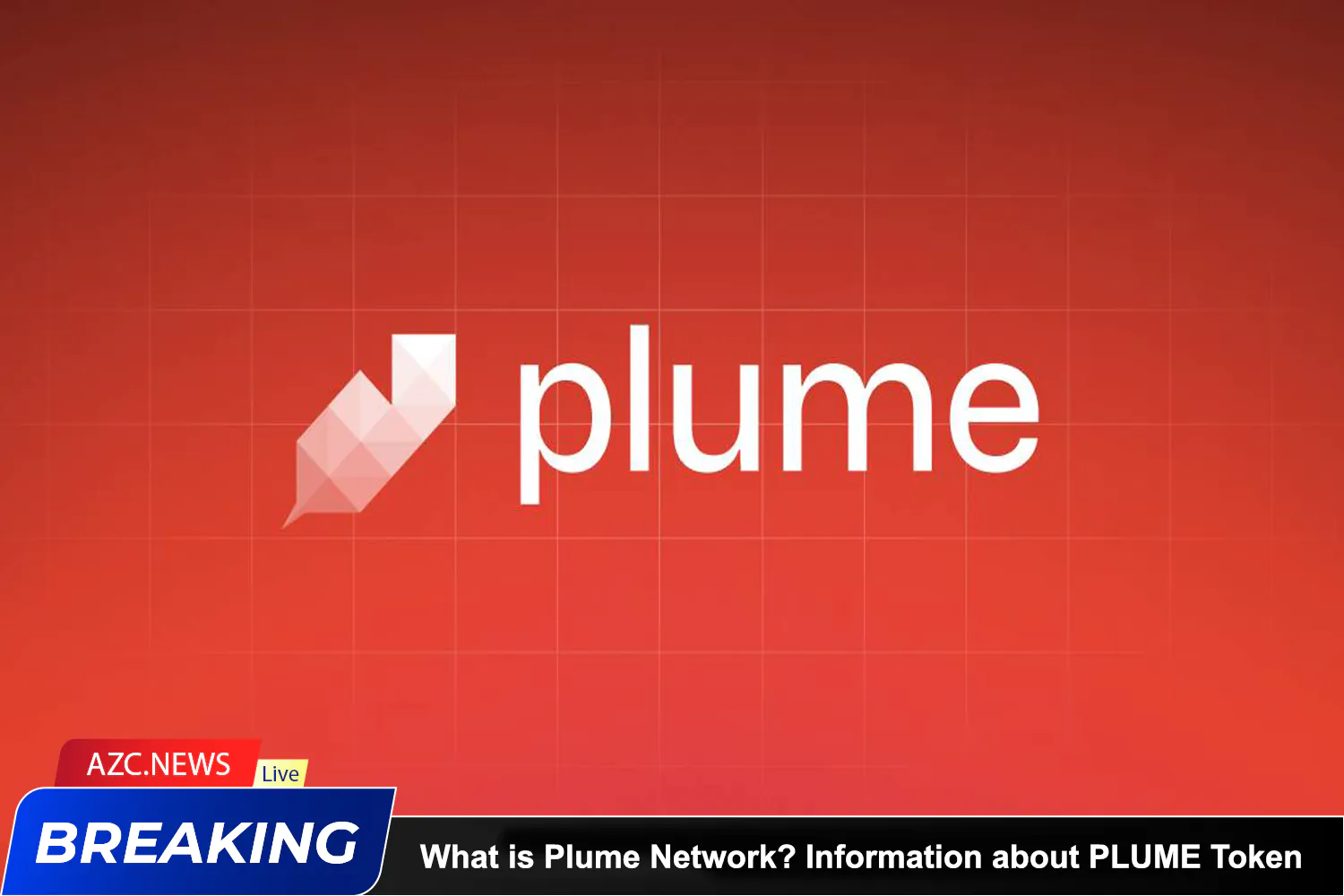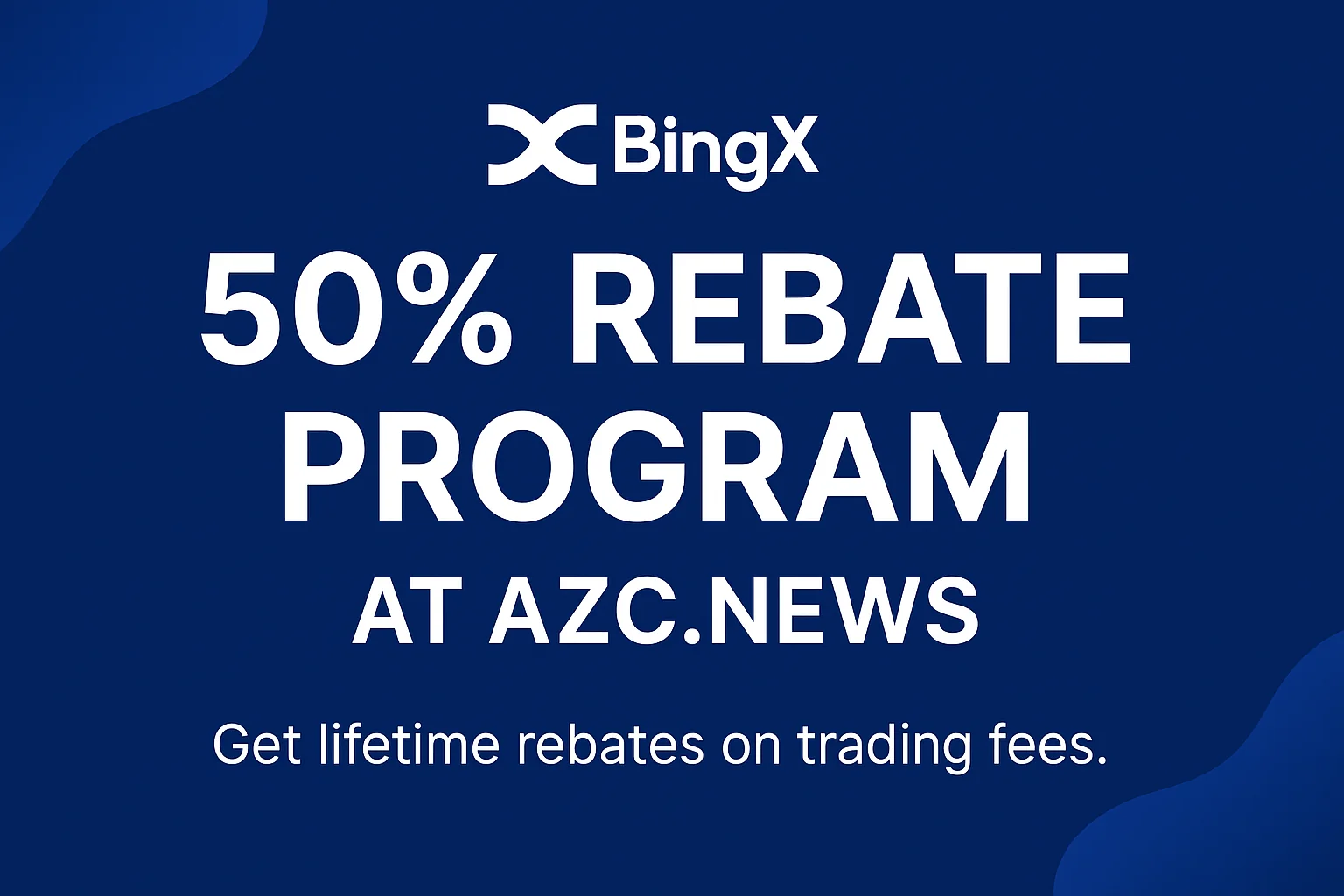The gap between TradFi and DeFi
Real-world assets (RWA) represent one of the biggest growth opportunities and potential use cases for decentralized finance (DeFi) and the cryptocurrency industry. Tokenizing tangible assets such as real estate and high-value artworks can unlock fractional ownership and new investment opportunities.
This is a mutually beneficial triumph for everyone involved. RWAs bring traditional finance into the blockchain, reducing entry barriers and making previously illiquid assets more flexible. The DeFi ecosystem expands, liquidity deepens, and it offers people opportunities to invest in asset classes they previously didn’t have access to.
But how does tokenizing real-world assets work? Is it a groundbreaking technology for blockchain, or just speculative hype in an emerging market?
What Are Real-World Assets in Cryptocurrency?
Real-world assets are tangible, physical assets in traditional finance and the world around us. These assets constitute a significant portion of traditional finance (TradFi) and have been used in financial systems for decades as collateral for lenders and borrowers.
Before the advent of blockchain technology and digital tokens, ownership of these real-world assets was recorded on paper or computer files. Quite unsettling, right? You could still own your house if government authorities or central agencies lost your ownership certificate in a fire, couldn’t you?
Bringing these real-world assets onto the blockchain and storing them as digital assets, such as cryptocurrencies or non-fungible tokens (NFTs), provides them with a secure, long-term home with anti-counterfeiting capabilities. It also offers these assets more utility, making them more financially liquid and readily divisible.
How Can Tokenizing Real-World Assets Benefit DeFi?
Amidst the excitement and chaos of cryptocurrency news, it’s easy to forget that the cryptocurrency market is just a blip on the global financial system’s radar. Consider this: the global real estate industry was valued at over $326 trillion in 2020.
The market capitalization of gold alone was $13 trillion. Bitcoin (BTC), Ethereum (ETH), and all other cryptocurrencies combined? Just over $1 trillion. We still have a long way to go, but DeFi has a lot to offer that TradFi cannot.
>>> Why Could Real World Assets be The Future of Cryptocurrencies?
While DeFi’s total value locked (TVL) has been gradually decreasing since the 2021 price surge, real-world assets could inject trillions of dollars into the DeFi ecosystem. This not only boosts liquidity on-chain but also creates unique opportunities for investors through blockchain smart contracts.
Tokenizing real-world assets can make ownership more flexible and secure. With fractional ownership, investors can overcome expensive entry barriers that have kept millions worldwide from ascending the asset ladder.
This isn’t limited to the real estate market. Hamilton Lane, a renowned private investment fund, collaborated with Securitize to tokenize its top fund on the Polygon blockchain. These security tokens are available with a minimum investment of $50,000 instead of the typical $5 million minimum buy-in.
Asset owners can utilize decentralized applications (dApps) to offer RWAs as collateral and borrow stablecoins and other digital currencies without paying high interest rates to third-party intermediaries.
Which Real-World Assets Can Be Transformed into Digital Assets?
When you tokenize real-world assets and bring them onto the blockchain, the only limit is your imagination and what traditional finance recognizes as real assets. Here are some of the most common proposed RWA opportunities:
Real Estate:
The global real estate industry is one of the largest markets in traditional finance. Tokenizing real estate assets into digital assets would bring this multi-trillion-dollar industry into the DeFi ecosystem, providing owners with greater control and utility.
Real estate has always been an exclusive and illiquid market. Tokenizing it greatly enhances liquidity and allows more people to access real estate investments.
High-Value Artworks:
Tokenizing famous artworks and collectibles allows for fractional ownership and enables managers and collectors to own a share of historic pieces. Blockchain technology provides immutable ownership records, protecting artworks from forgery and making transaction tracing easier.
Surprisingly, some famous artworks have already been tokenized and distributed on the blockchain. Sygnum, a Swiss bank, divided Picasso’s painting “Fille au béret” into 4,000 digital tokens. The legal ownership of the artwork is now recognized on the blockchain.
Intellectual Property Ownership:
Managing intellectual property rights can be complex. Transforming intellectual property ownership into digital assets simplifies earning and transferring between entities.
These IP tokens can also be integrated into DeFi protocols, extending their utility.
Conclusion
In conclusion, tokenizing real-world assets has the potential to bring trillions of dollars into the DeFi ecosystem, offering numerous benefits for investors and asset owners alike. It’s not just a speculative trend; it’s a transformation of the financial landscape that can democratize investment opportunities.












